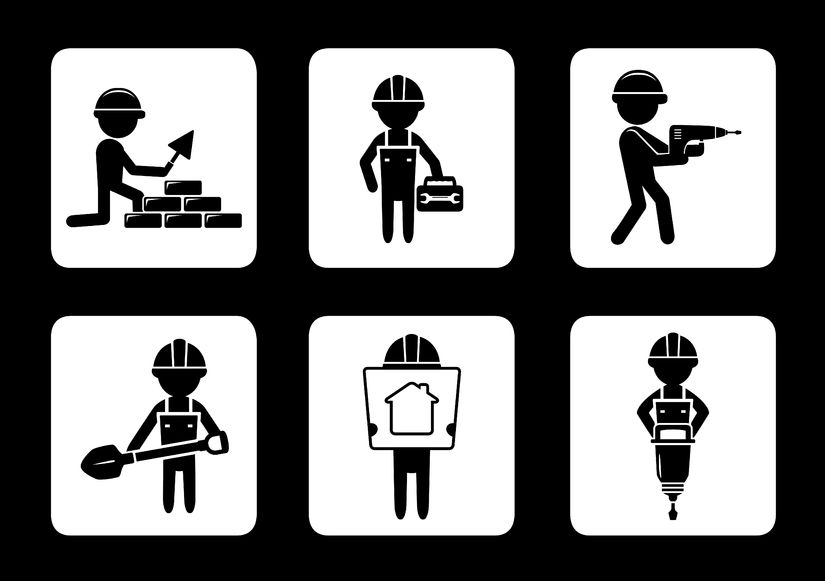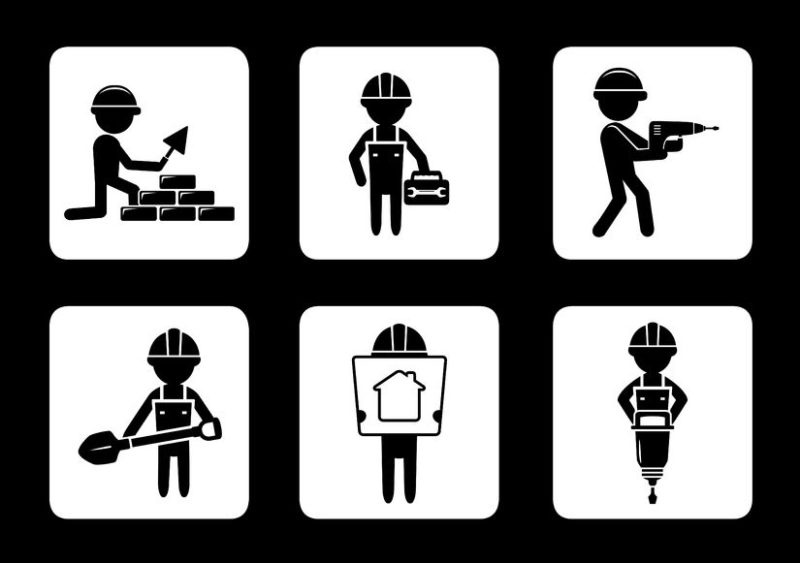
The construction industry is unique in its hiring needs, and does not look to change anytime soon. For decades, hiring managers focused on hiring subcontractors to do the work needed, however, over the last several years, many have begun direct hiring. Why?
Depending on the needs of your company or project, will dictate the type of candidate you will want to hire. Hiring managers across the industry can make a case for either method, so how do you decide which is best for you? Here are a few pros and cons to both subcontracting and direct hiring – you decide what is best.
Subcontracting Pros
- Can hire specialized talent for a specific project, usually at a lower cost.
- Subcontractors typically have their own equipment, which saves you equipment costs.
- Hiring a subcontractor can free up your employees to work on other projects.
- No benefits or payroll taxes are paid.
Subcontracting Cons
- You will lose some control over the work – quality and timeliness.
- Could pose a threat to your regular employees, causing some friction.
- Performance may not be to your standards, causing you more time spent reviewing the workmanship, etc.
Direct Hire Pros
- You can have better control over the work being done, the hours being worked, and the quality of the workmanship.
- You can control the costs more easily.
- An employee will understand your specific needs and may have great input.
- You can “groom” or train direct hires to do specific tasks you see fit for the company.
Direct Hire Cons
- There are more overhead costs associated with hiring direct.
- You must track quality and production with employees, taking more time from your foreman or another designated employee.
- Additional training may be needed, which takes time and money.
There are many reasons and arguments for both hiring subcontractors and direct hires, however, only you can determine what is best for your company and specific project. Take the time to evaluate your needs, and consider the pros and cons listed above for each.
Copyright: keltt / 123RF Stock Photo









